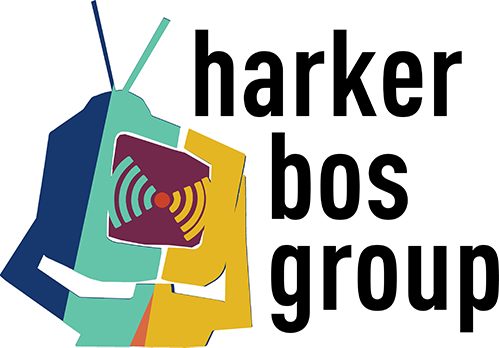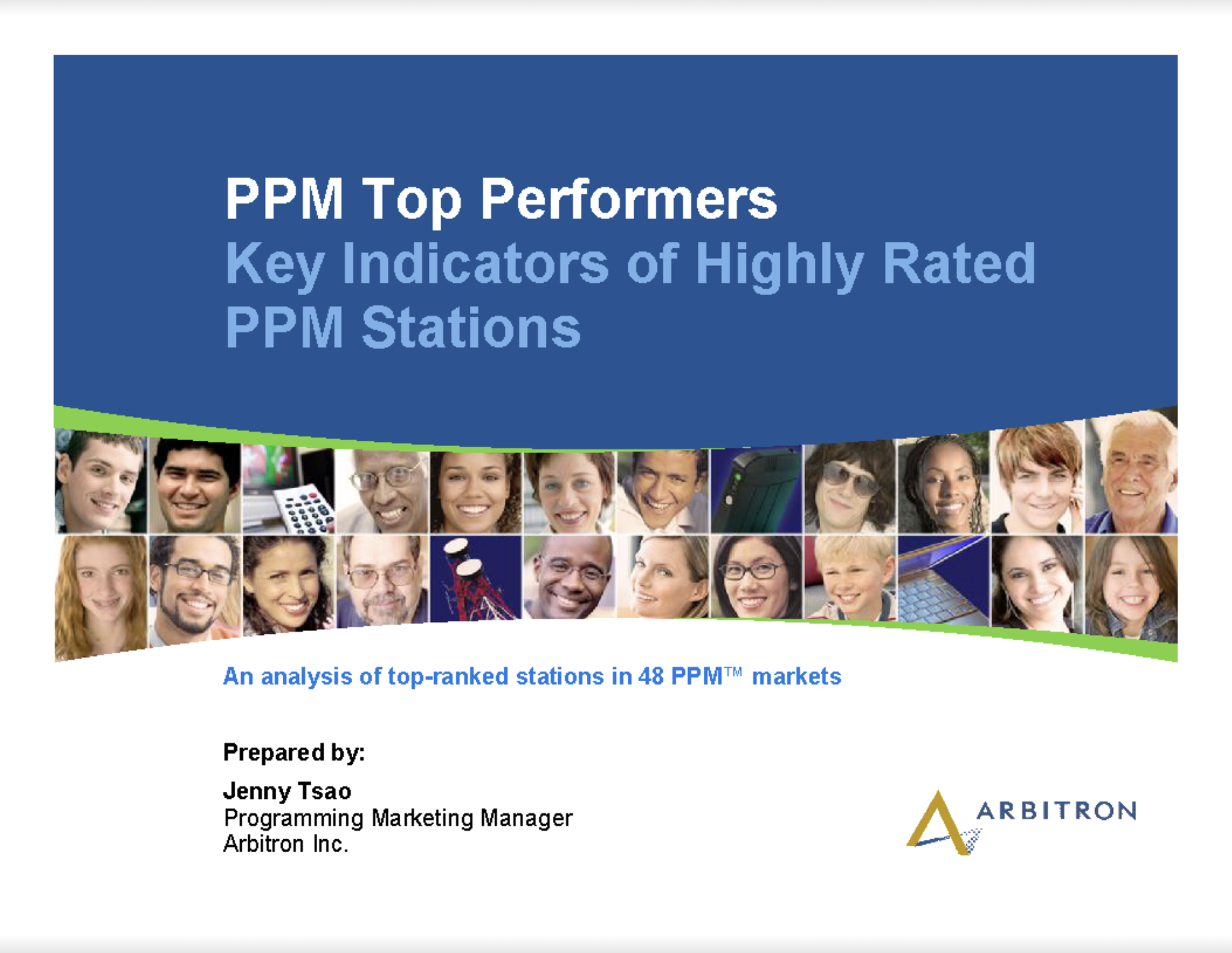Nielsen’s Fractured Fairytales
Time Spent per Occasion, TSPO for short. It’s a PPM metric that you have probably never heard about. You won’t find it in any of the Nielsen monthly market reports. It doesn’t appear in any Nielsen literature. To our knowledge the only time TSPO was shared with the radio community was in 2011 when Arbitron released a report called PPM Top Performers: Key Indicators of Highly Rated PPM Stations.
To Arbitron’s credit, the company created many reports like this in the early days of PPM sharing their observations. We miss Arbitron’s openness in explaining PPM.
This report is unique because it turned out to be a valuable look under the hood of PPM. It gave us insights into the mechanisms of PPM, perhaps more than Arbitron intended.
The study’s goal was to analyze PPM metrics of top-rated stations to see how they differ from other stations. One of the metrics they looked at was Time Spent per Occasion. Time Spent per Occasion is the average length of time that panelists spend listening to a radio station before they switch stations or turn the radio off.
As far as we know it is the only time that Arbitron or Nielsen has released data on this metric, and in a moment you’ll see why.
Arbitron found that across all PPM markets the average radio station had a time spent per occasion of 10 minutes or less. That means after 10-minutes the average listener either switched to another station or turned the radio off all together.
When Arbitron released this finding we were surprised. Keep in mind this was 2011. Radio was riding high with minimal competition. It seemed too brief to us. Ten minutes is three songs on a music station, less than a single segment on a talk station. Could it be that the typical listener is that fickle?
Ten minutes seemed too brief, but this was the average across 2,333 stations in all 48 PPM markets. Perhaps listening spans with those stations at the bottom of the rankers explain the short spans.
But what followed next in Arbitron’s research really shocked us.
Arbitron also claimed that listening spans for the top three stations in PPM markets were also 10-minutes. Just 10-minutes. Across 48 of the top American markets, the top 144 stations had listening spans of only 10-minutes. Even eliminating the poorly rated stations didn’t raise average listening spans.
Really?
And it didn’t stop there. The average across the top number one stations in the 48 PPM markets also had listening spans of 9 or 10 minutes! To top it off, both 18-34s and 25-54s listened for…guess….9 or 10 minutes! Stop here and think about that for a moment.
How can all stations in PPM markets, the top three stations, the top stations, and both young and old listeners all have identical listening spans?
As you might expect, the implications of Arbitron’s finding rippled through the industry. If listeners really tune in for only ten-minutes what is the point of quarter-hour maintenance? Why try to keep your listeners for another quarterhour if they are going to be gone regardless?
HarkerBos Research was very skeptical of Arbitron’s conclusions and cautioned our clients to resist the urge to program their stations based on a 10-minute listening span.
There’s no reason to believe that results of a similar study regarding PPM today would differ. PPM protocols have changed very little during the intervening years. If anything, the few Nielsen “tweaks” would likely shorten TSPO.
We believe that the 10-minute TSPO does not reflect true listening spans. It more likely is a consequence of PPM meter limitations. PPM is not measuring listening. It is measuring exposure. Under ideal circumstances it can capture a fair amount of exposure, but despite repeated assurances to the contrary it is clear that PPM does not capture all exposure.
We knew that meters lose contact from time to time, but we didn’t know how often. Arbitron’s finding that stations from top rated to stations at the bottom of the ranker get credited with the same 10-minute listening spans (we hope across two quarter-hours!) suggest that on average the meter seems to lose contact every 10-minutes.
We do not think Arbitron intentionally tried to mislead the radio community. The study was a sincere attempt to provide useful information regarding PPM and how to succeed in this new PPM world. The authors along with most of radio at the time were just blind to the limitations of PPM.
Top rated radio stations succeed because they are better and more liked than their competitors. A station with a good product that’s well targeted will hold on to listeners longer than its poorly targeted competitors. Don’t believe Nielsen’s fractured fairytale.



